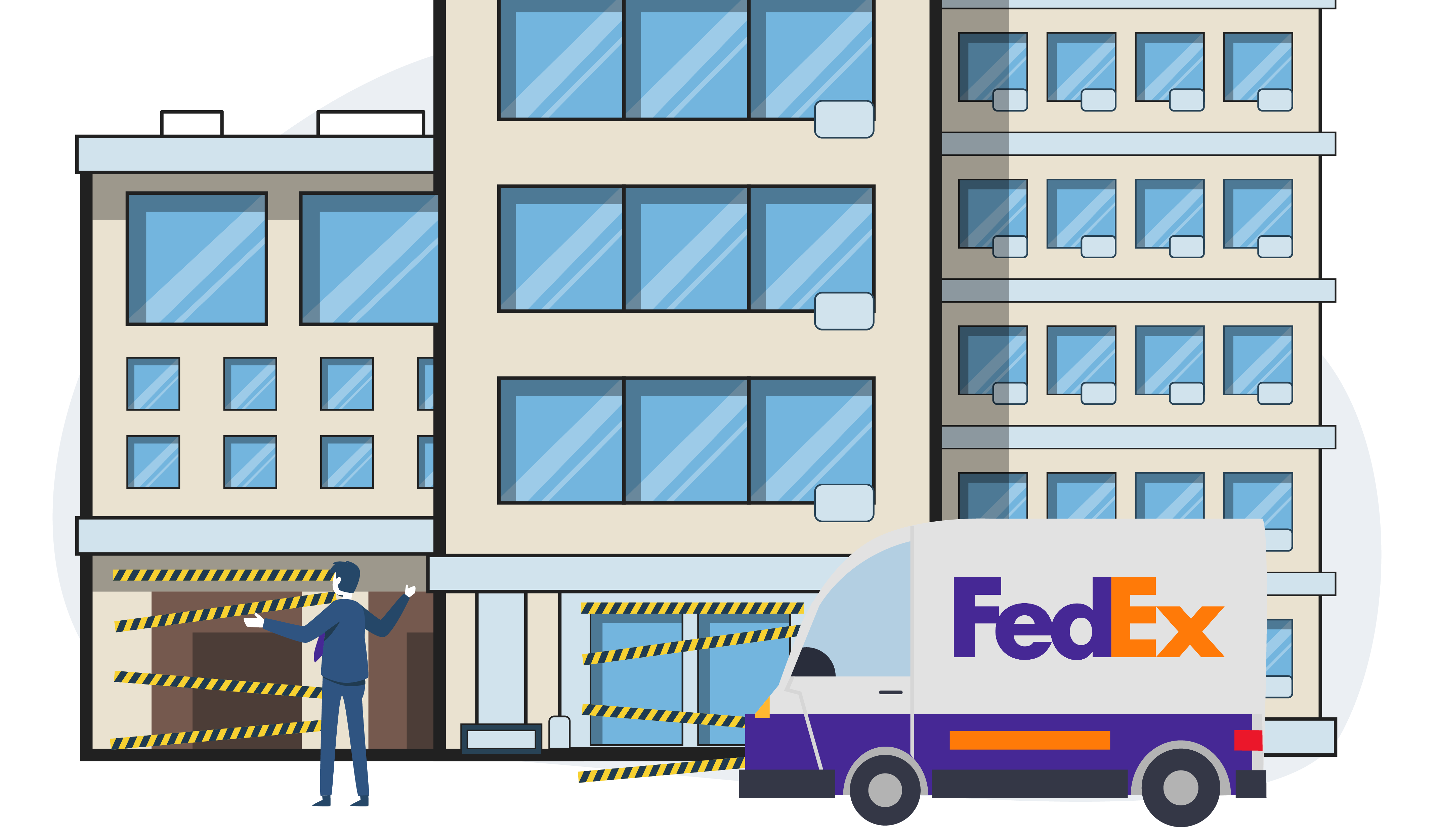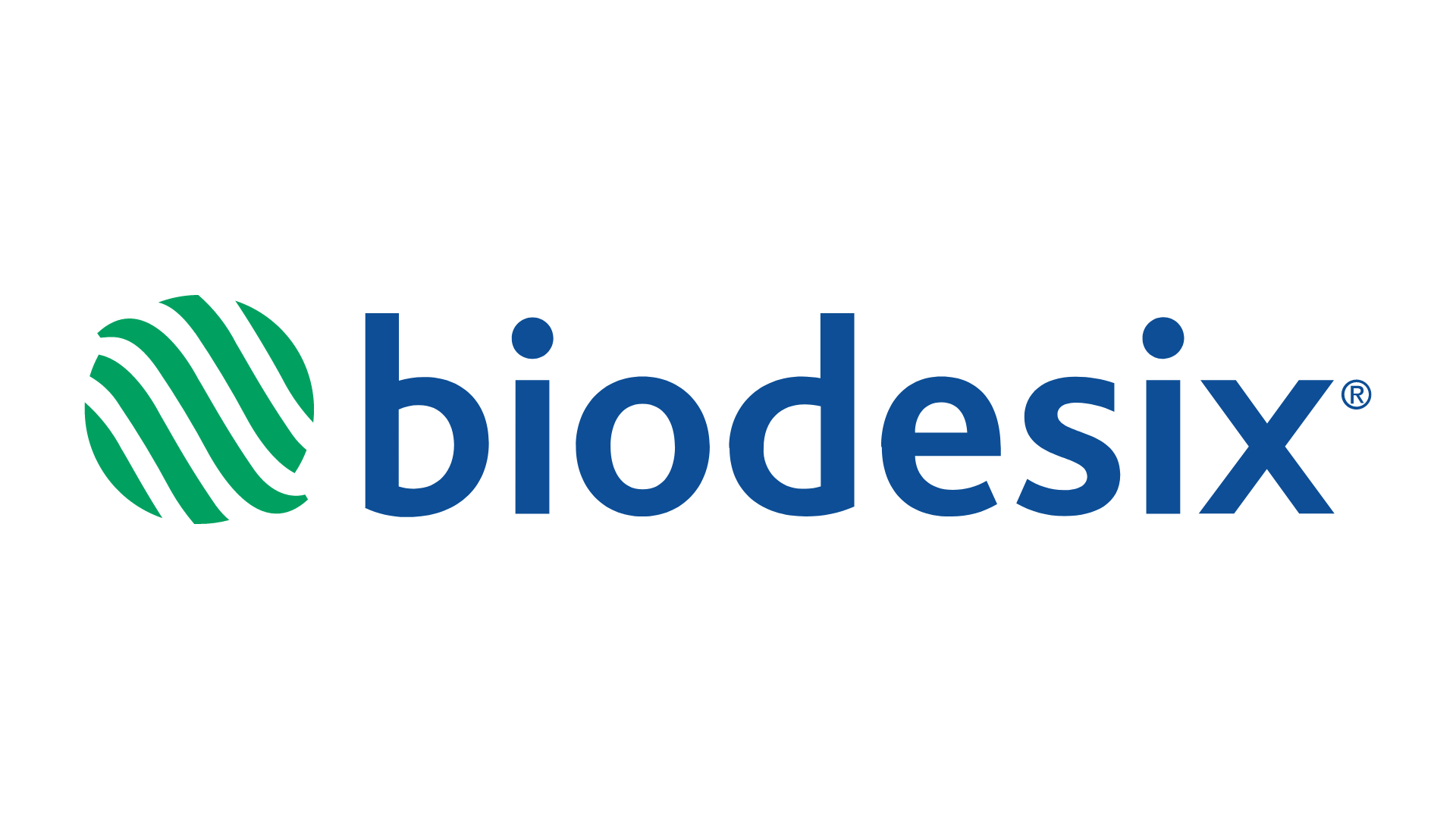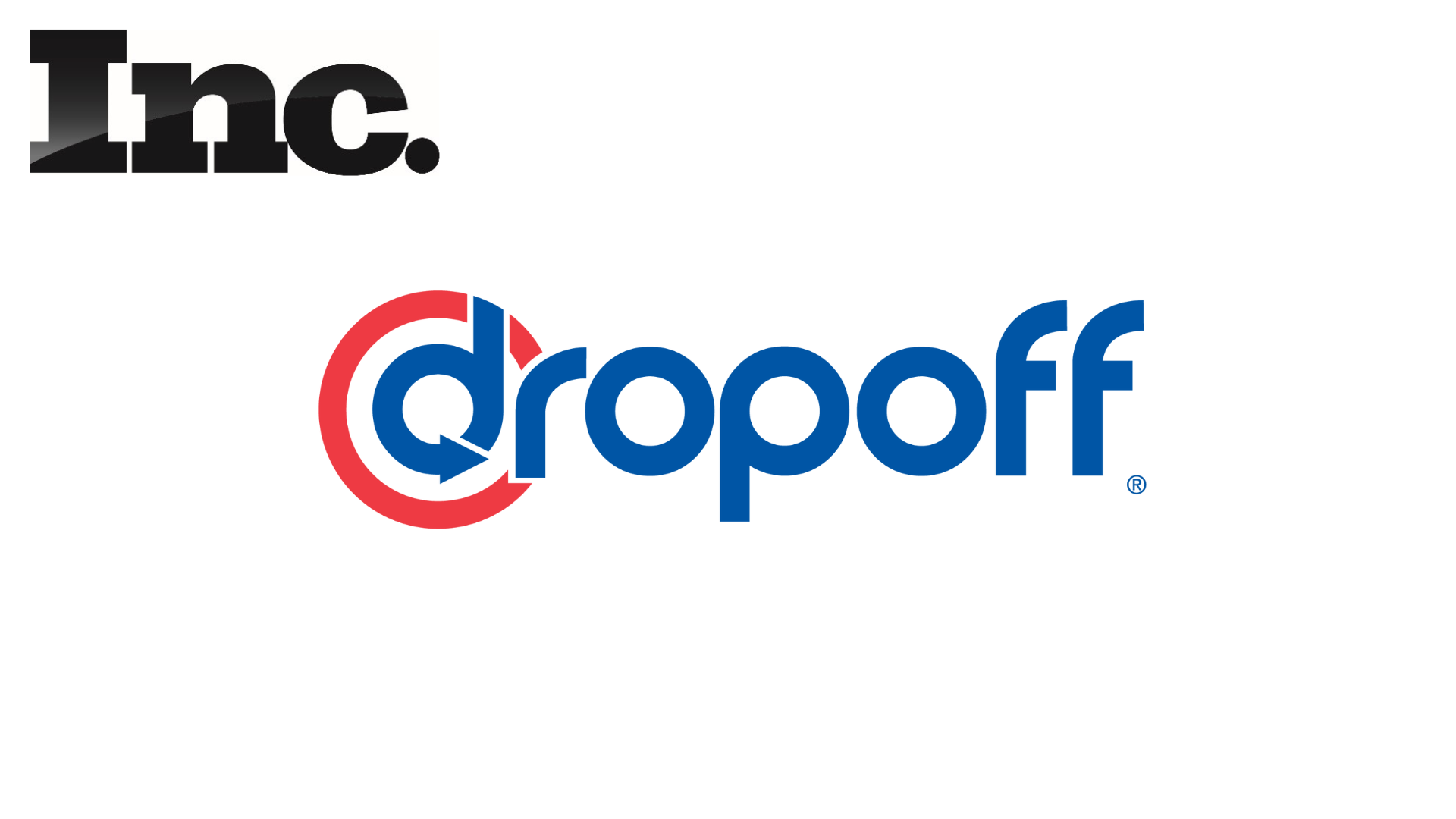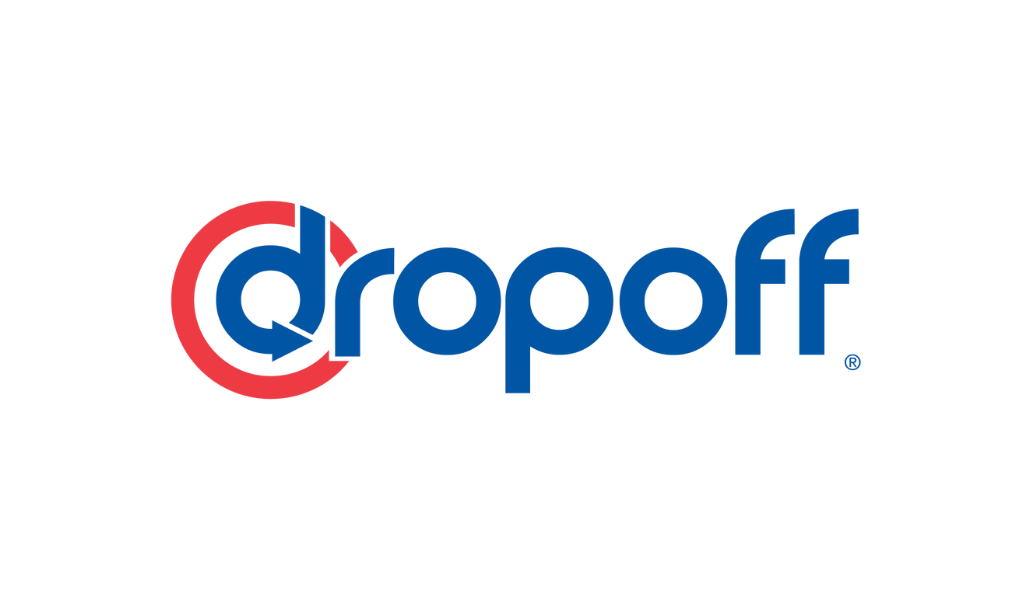Dropoff and The Growing Last Mile Delivery Market
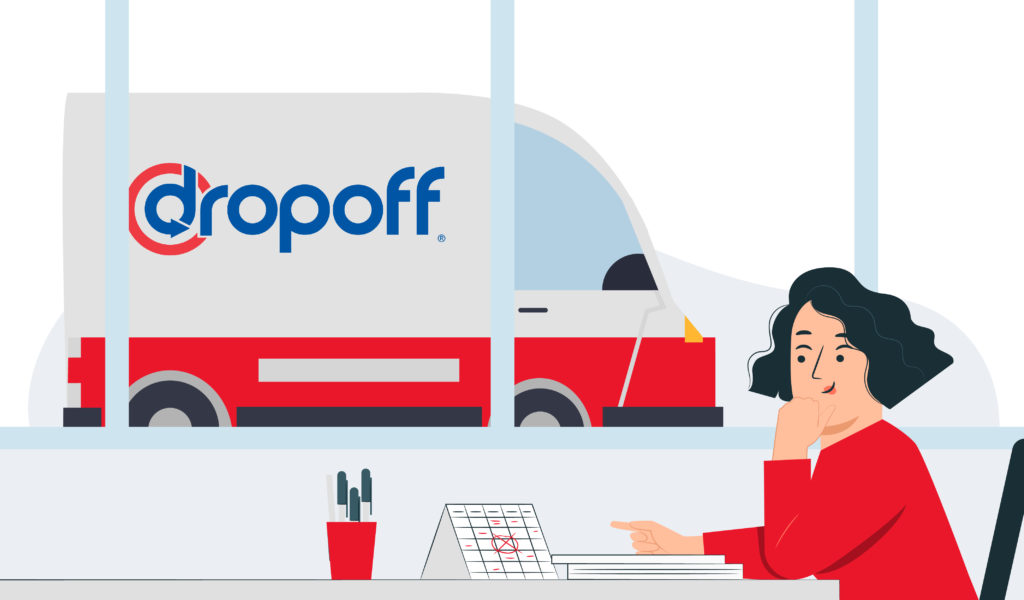
No one ever said running a business would be easy, and for small businesses, the growing last-mile delivery market size can seem downright daunting. With big players like Amazon and Walmart moving in on your turf, how can you hope to keep up?
The good news is that there are plenty of solutions out there to help you meet the demands of today’s customers. In this blog post, we’ll explore some of the best ways to stay ahead of the curve and deliver your products quickly and efficiently to your customers.
The Last-Mile Delivery Market Size in the US
The last-mile delivery market is a rapidly growing industry that provides last-mile logistics solutions for businesses.
The last-mile delivery market share is expected to increase by USD 143.75 billion from 2021 to 2026, according to a recent market study by Technavio. However, the growth momentum of the market will decelerate at a CAGR of 13.1% during the forecast period.
The market is expected to grow significantly in the next decade, due to the increasing demand for e-commerce and same-day deliveries. It is currently dominated by a few large players, but there is room for smaller companies to enter the market and gain market share.
Some current trends in the last mile delivery transportation market include an increasing focus on environmental sustainability, using alternative transportation methods such as electric vehicles, and utilizing advanced technology to optimize route planning and improve customer service.
With the right mix of innovative services and cutting-edge technology, last-mile delivery companies can stay ahead of the competition and capitalize on the growing demand for last-mile logistics solutions.
The Future of the Last-Mile Delivery Market
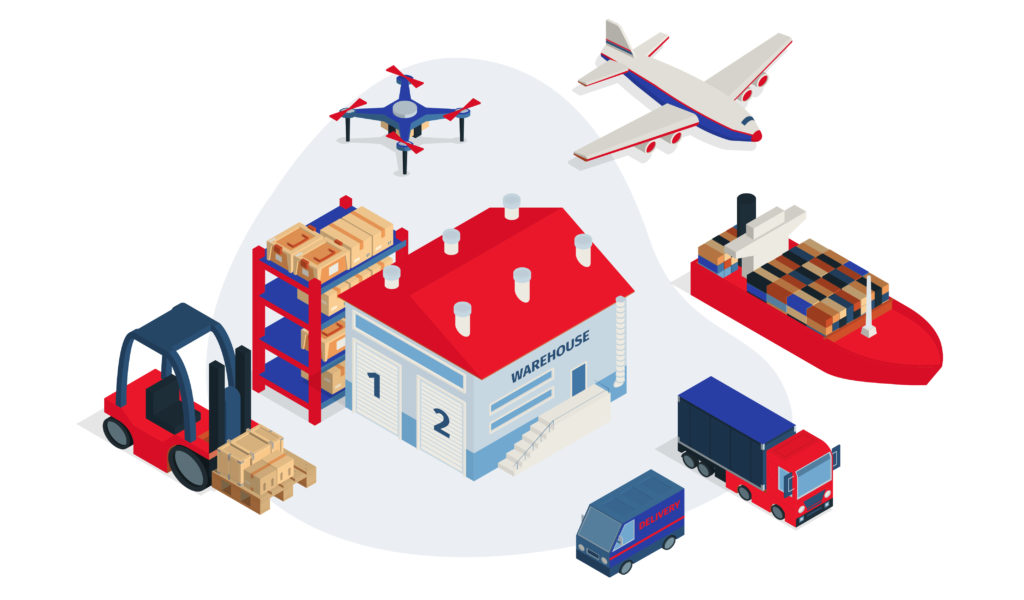
It is likely that the gig economy is going to change things up for delivery companies across the globe, as shipping companies are more likely to hire couriers for the last step of package delivery.
The goal of last-mile delivery is to create a more efficient and cost-effective system that satisfies the needs of customers as well as retailers and delivery companies. As such, reducing costs has become an important trend for the e-commerce market.
This trend is driven by a number of factors, including the increasing popularity of online shopping, the rise of new delivery methods such as drones and autonomous vehicles, and the continued expansion of e-commerce into new markets.
Last-mile delivery will have a significant impact on a variety of industries, including logistics, transportation, and retail. In particular, it will revolutionize the way that goods are shipped and delivered, resulting in faster turnaround times and reduced costs.
Many of the companies within the gig economy such as Uber, Lyft, Airbnb, and TaskRabbit have popularized last-mile delivery, leading to an abundance of couriers today that’s never been seen in human history.
Challenges in the Last-Mile Delivery Space
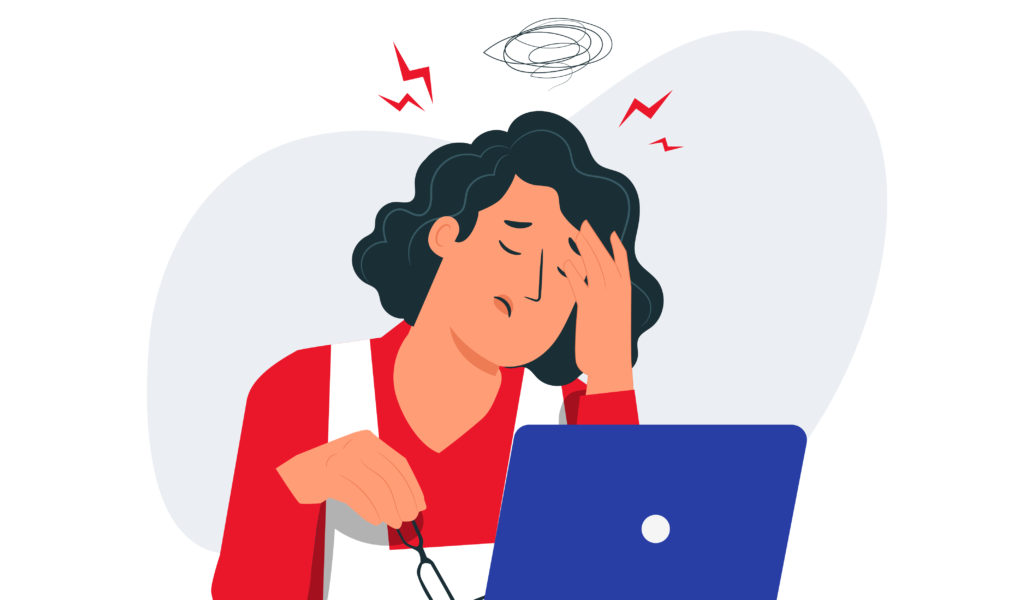
Despite the many advantages of last-mile delivery, there are also many common problems in the logistics industry that need to be addressed.
1. Rising Costs of Last Mile Deliveries
The rising costs of last-mile delivery are a major challenge for businesses, as they must find ways to offset these expenses without passing them on to customers. There are a number of factors that contribute to the rising costs of last-mile delivery, including congestion, labor shortages, and vehicle maintenance.
2. Difficulty in Delivery Allocation
Many business owners say that failed deliveries, caused by poor address quality, have a big impact on their delivery profits. Failed deliveries can cost up to $16.58 each. This affects not just delivery operations, but also makes it hard to manage last-mile carriers. That’s why destination grouping and management are often big problems.
3. Inefficient Route Planning
Route planning is important for delivering goods in a way that is cost-effective and that makes customers happy. The route needs to take into account many different factors, such as fuel efficiency and environmental regulations.
Not just the cost of delivery, but also the route taken to make the delivery affects how happy customers are with the experience. If a delivery is late or takes a longer route than necessary, it can ruin customers’ experiences. There are many ways to make your business more efficient, but it can be difficult to decide which is the best option for your specific needs.
4. Managing Last-Mile Delivery Density
The high cost of last-mile delivery is due to the density of the network of addresses. In densely populated areas, there are more potential customers per square mile, but there are also more potential delivery locations.
This means that delivery companies have to cover a larger area in order to reach all of their customers, which increases costs.
If the delivery density is too high, it can lead to delays and missed deliveries. But if the delivery density is too low, it can result in wasted time and resources. The key is to find the right balance.
There are a few ways to solve the challenge of managing last-mile delivery density:
- Partner with other companies that have complementary products or services i.e a grocery delivery company can partner with a restaurant delivery.
- Adopt technology such as drones or robots to reduce travel time and free up resources.
- Use real-time data to identify areas that are particularly congested or difficult to navigate.
- Implement advanced routing software as it reduces courier time on the road, resulting in less mileage on the vehicle and less fuel burned.
5. Meeting Fulfillment Timelines
One of the biggest challenges that brands face is sticking to timelines. If they miss the timeline, it can be very expensive for them in both the short and long term. This is especially true for food delivery companies, which may not be able to charge customers for late deliveries if they missed the guaranteed deadline.
Not only does it cause damage to the brand, but it also takes a lot of time to fulfill orders. That’s why it’s important to have a process in place that will help them do it quickly.
Key Benefits of Using Last-Mile Delivery

1. Streamlined Shipping & Delivery Process
A last-mile delivery solution can save your business time, resources, and money. It automates the time-consuming and repetitive tasks in the delivery process. Manual methods of tracking are not only time-consuming but also lead to human error.
A modern last-mile delivery solution can help your business become more efficient. This efficiency includes increased visibility in last-mile delivery tracking among other things.
Further, a good modern last-mile delivery solution is automated and helps to eliminate any verification issues. The system also helps with accurate load planning and gives your business predictive insights.
2. Route Optimization
Bad weather, traffic, and problems with the roads can slow down your deliveries a lot. That’s why it is important to have software that calculates the most efficient routes for your deliveries.
The software can crunch data in real-time to tell your last-mile carrier agents about traffic jams or bad weather. The software will then tell them the best route to take in those circumstances.
Moreover, route optimization is one of the must-have features in last-mile delivery solutions.
3. Flexible Deliveries
Many customers look for flexible delivery options when shopping online. This includes the ability to have orders delivered to different addresses, such as a work address or a friend’s house, in order to make receiving the order more convenient.
A good last-mile delivery software helps make it possible to change the time or location of delivery with just a tap. This software also makes it easier to handle cancellations and returns.
4. Improved Order Management
A modern last-mile delivery software can help by telling you and your customers if there are any delays. This will help with better expectations and trust.
Automatic delivery updates help customers know when their order will arrive. This way, they can be available to accept the delivery and their happiness score will go up.
5. Adding Smiles to the Last Mile
Many customers around the world are not comfortable using their credit or debit cards online. Paying for your order when it is delivered is a good option for these customers. The pandemic has increased the demand for contactless payments at the doorstep.
Some delivery software makes it easier for customers to pay for their orders. The software can include multiple payment options. Software that lets users rate and review the service can help you improve your business.
How Businesses Should Prepare for Increased Demand in the Last-Mile Delivery Market
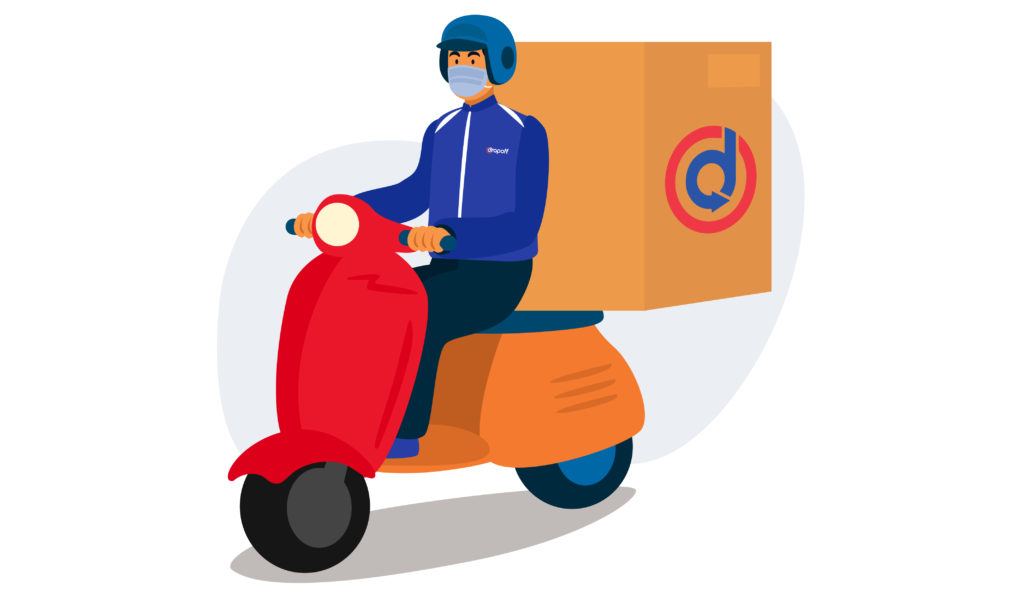
Essentially, companies are continuously trying to implement logistics innovations and industry trends to prepare as the demand in the last-mile delivery market rises.
1. By Planning Ahead
Anticipating spikes in demand and planning accordingly can help businesses avoid being caught off guard when demand increases. By planning ahead, businesses can ensure that they have the necessary staff and resources in place to meet customer needs.
2. By Partnering with 3PL Companies like Dropoff
When demand is high, choosing to partner with reliable 3PL companies can help businesses meet customer expectations. These companies already have the infrastructure in place to handle last-mile delivery, so partnering with them can help businesses avoid having to invest in their own last-mile delivery infrastructure.
Check out our top picks of the best last-mile delivery companies and startups in the US.
In addition, Dropoff has dominated the same-day delivery area, providing reliability for a variety of industries, including healthcare and business services. We offer same-day delivery services for custom logistics. We know that each industry has different requirements and we can tailor courier services to match your industry’s demands.
Dropoff can help companies that are trying to meet omnichannel demand for inventory in local markets. They do this by approaching it from a branded local courier via a national platform approach. There are a lot of markets out there that today are being served by a lot of local and unsophisticated couriers. That’s where the need for Dropoff comes in.
Interested in learning more? Check out how Dropoff acquired Rightaway Delivery after 23 years of service in Michigan.
3. By Offering Multiple Shipping Options
Customers appreciate having choices when it comes to shipping, so offering multiple shipping options is a good way to make sure that everyone’s needs are met. Businesses should consider offering both standard and express shipping options.
Bottom Line
The last-mile delivery market is growing rapidly, and there are many opportunities for businesses to involve themselves. By understanding the needs of customers and partnering with reliable 3PL companies, businesses can succeed in this competitive industry.
You don’t need to worry about investing in new technology for logistics. We stay on top of the newest trends and invest in new technology to provide the best service for our customers.
Talk with a Dropoff expert today and we’ll work with you to develop a unique solution for your company’s requirements.

